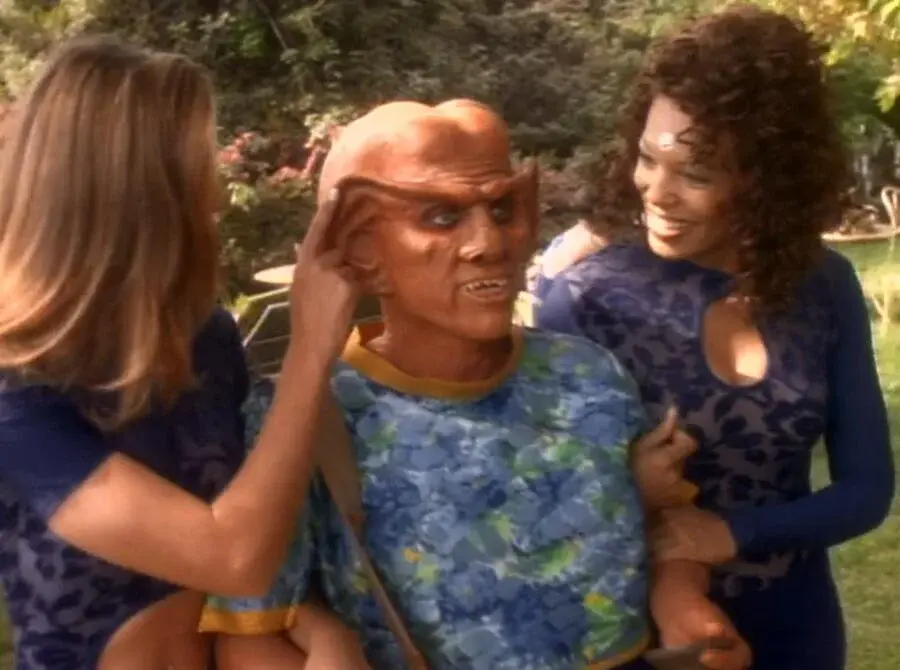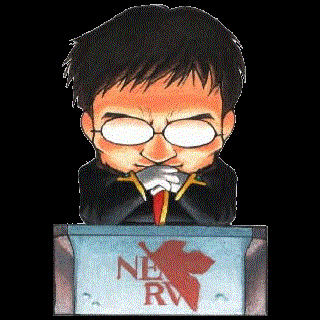one POP %rax, %rdx at a time
I bet he did PI planning for a week. Created 132 user stories. Decided on 2 week sprints at a velocity of 27 story points. Had daily 1 hour stand-ups. Weekly 2 hour sprint retro meetings. Per sprint a 3 hour sprint review meetings and a 6 hour grooming session with his cat. Not to forget the bi-weekly 2 hour sprint refinement meetings. And each sprint had a 4 hour backlog meeting on the potty. All by himself.
Are 1 hour (or anything close to it) really a thing that happens? No wonder people hate on scrum then. It’s called a stand up because no one wants to stand still for more than 10 minutes and would like to get out of there asap. 😐
I bet its looked something like:
- Developer in large company was frustrated with how much time was spent just communicating rather than doing.
- Comes up with a new system for effective communication and organization.
- Doesn’t get much traction at current company because of inertia.
- Eventually starts his own company or joins a smaller startup where they are open minded because they haven’t developed their own system for that yet.
- Less time spent communicating and organizing because it’s a smaller company but confirmation bias gives credit to new system.
- Many companies adopt “proven” system.
- Large companies end up in same or worse boat because things still need to be communicated and disagreements still need to be resolved through discussion or orgazational power.
Though just a guess, since my only “experience” with “agile” has been seeing people complain about it. Plus experience working in a large enough team to have experienced the communication problem and to understand that a part of it is with so many meetings that are often irrelevant to the work any individual is working on, the default often ends up being tune most of it out until it’s their turn to speak, so they often end up missing relevant stuff anyways and any big meeting is mostly a waste of time.
So the people behind the Agile Manifesto are far more experienced than some random dissatisfied dev. What I think most teams miss is that the only required meeting in the Agile manifesto is to regularly meet up to discuss what has worked and what hasn’t the past few weeks, aka retrospective. If there are meetings or processes that don’t work for a team and they don’t change it after the next retrospective, then they simply aren’t agile.

Explain
For those unaware. Assembly language is not something you would ever really program a game in. Which is why it’s so impressive that it was programmed this way. It’s also a reason why the game ran so well on the hardware of the time.
In programming we talk about “high level” and “low level” programming languages. The level does not mean difficulty, in laymen’s terms you can think about it about how “close” you are to programing by typing in 1s and 0s. If you’re “low” you are very close to the ground level (the hardware). Obviously, no one programs in 1s and 0s because we created languages that convert human typed code into what a computer wants which is 1s and 0s.
Assembly is a very “low level” programming language. It’s essentially as “close” to programing in 1s and 0s as you would ever get. It is still an important language today but no one in their right mind would ever program a game in it unless you were running with extremely strict hardware restrictions where every single bit of memory needed to be dealt with perfectly. Which is basically what Chris did.
Sawyer started writing games in Z80 assembly. Assembly language was definitely something you would use to program games back in those days.
Assembly language is not something you would ever really program a game in.
Back then you wrote whatever you needed to be performant and/or that involved close access to the hardware in assembler. A game would definitely count. It’s kind of nice to do, in many ways it’s simpler than high level programming, you’ve just got a lot more to keep track of.
Assembly language is not something you would ever really program a game in.
… these days. I assure you all the games my mate wrote on the HP calculator back then were in Assembly. And on the PC I would certainly use C but the core of it, the displaying of pixels and low level catching of input for example, were all in assembly. But yeah, that being said, for the time, everything in assembly was a pretty crazy approach given the tools available on PC.
Assembly was the language you used to write games back then. Most 8 and 16 bit console games were written in assembly. They needed low level code for the performance.
If you played sonic spinball on the genesis/mega-drive, you played a game that struggled at 20 fps because the developers chose to write in C instead of assembly to hit their deadline. That is why most games were coded in assembly in those days.
Sawyer started developing games in 1983. He would have learned assembly, and continued using the tools and techniques he was familiar with his entire career.
Assembly was pretty uncommon by 1999. RCT is uniquely made, but not because Chris Sawyer was a unique coding genius doing what no one else could, but because he was one of the few bedroom coders of the 80s who held out that long.
If you lack true talent in your workforce, you can’t make up for it by throwing more people and money at it.
Additionally, if you have true talent in your workforce, YOU LET THEM DO THEIR THING.
It’s also an example of when someone with passion is not alienated from the fruits of their labor.
You’ll never be able to get an engineer to care about a product as much when at the end of the day the only thing they have to show for it is a paycheck.
Lack of Ownership of the production of your labor is a major problem with motivation in wage labor systems. Especially ones that depend on creativity and problem solving.
I saw a great talk by John Romero a few years ago that really underscores how in the early days of computing a few mad geniuses really moved mountains.
Here’s a video about Prince of Persia.
What did he make?
I think rollercoaster tycoon? not sure though
Looks like he made a few Tycoon games
Transport Tycoon, which I’ve spent an insane amount of time playing, as well as roller coaster tycoon.
Such incredibly fun games.
He also wrote the PC ports of Elite 1 and 2, which were amongst the most innovative and technically complex games of their time.
RollerCoaster Tycoon. The Gold edition is still worth playing today if you aren’t old enough to have the privilege of playing it in your childhood. (There’s a Android port too.) Way better than Planet Coaster.
RCT2 isn’t worth playing, though. Has much less content. The real life theme parks are cool, though.
RCT 3 was redesigned from scratch and is in 3D, which means that you can ride your creations for the first time in the series. Good for it’s time though at this point people would argue that you should just play Planet Coaster instead.
He looks like a young Monty Burns
Who?
C. Montgomery Burns
Oh.
Don’t see the resemblance. His skin isn’t even yellow
Hard work and passion.
He must have pulled himself up by his bootstraps.
He is clearly a rivertaur.








